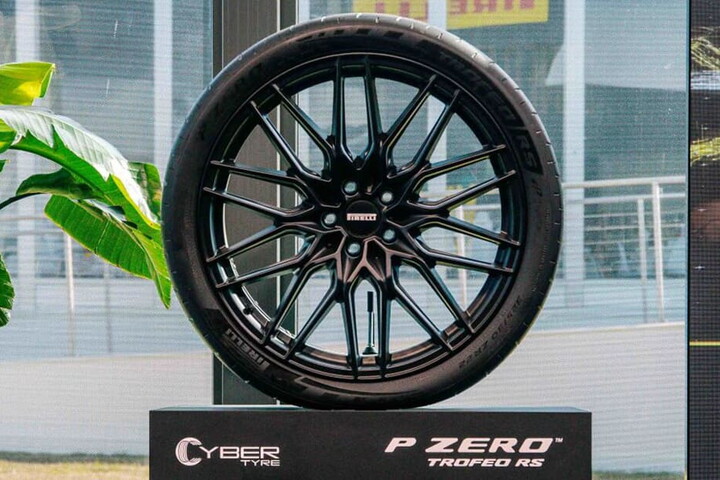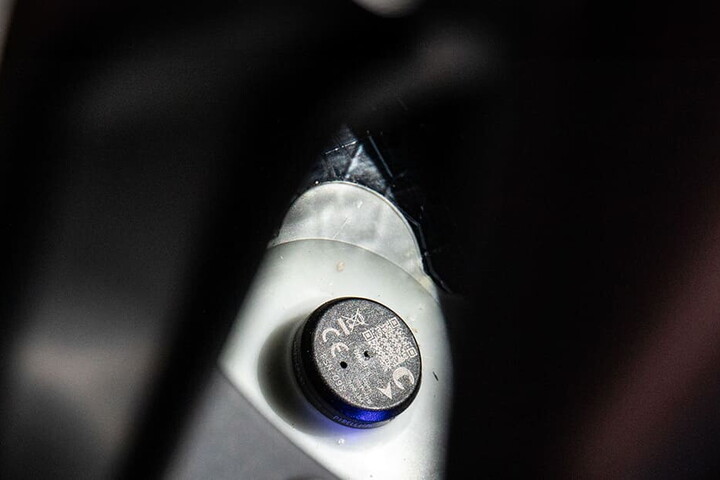When Andy Green straps himself into his car in summer 2018 and drives away, he can happily chat to work colleagues on the phone while streaming live pictures of his journey to the wider world. The fact that the car is connected is not unusual – cars are turning into moving computers that chit-chat 24/7 to the Internet of Things – but Green will be unique because he will be travelling at 1,000mph (1,609kph).

The land-speed record stands at 763.035mph (1,228kph) – Green set it himself in 1997 – but now he and the Bloodhound SCC team want to go even faster… faster than a bullet. Here are the vital statistics. The car, a mix of vehicle and aircraft technology, is nearly 44ft (13.4m) long and weighs 7.5 tons. It is powered by a Eurojet 200 jet engine and a rocket that produce 135,000 horsepower – more than six times the sum of all the Formula One cars on a starting grid put together.
Then there's the cutting-edge digital technology. In addition to the aerodynamic chassis and roaring engines – the nuts and bolts of land-speed racing – there are the vital software packages and hardware devices that transform the machine into a communications hub. During its test runs and record attempts, critical live data is sent and received to boost safety and eke out a few extra mph.
“The video and data are key for the engineers as they allow them to monitor the car's complex systems, including the EJ200 jet engine and the cluster of Nammo hybrid rockets,” explains spokesperson Jules Tipler. “Every run of the car will have specific test parameters. With each increase in speed, data will be checked against the predicted models to ensure the structure and systems are behaving as expected and the car is safe.”
Connected cars
The crucial high-tech gadgetry is designed by Sierra Wireless, which specialises in providing machine-to-machine and device-to-Cloud communications for everyday cars – the sort of connected systems you will soon find, for example, in selected next-generation Volkswagens and Peugeots. The Volkswagen Car-Net platform provides a growing list of in-car internet-based services, ranging from remote vehicle access and infotainment to maintenance and the ability to set speed alerts.
Owners can also use the technology to expand into additional value-added connected services and telematics – the sort of things that are needed by engineers at Bloodhound. The smart technology can securely retrieve, store, analyse and integrate data from the bank of on-board sensors and send it in real time to the engineers' computers – vital information if you are determined to cruise past the speed of sound and break the 1,000mph barrier...
“Like Bloodhound, we share an enthusiasm for promoting innovation and collaboration between teams of engineers to break barriers,” explains Sierra Wireless CTO Philippe Guillemette. “As more and more connected cars run on our roads, it's fitting that the world's fastest car will use the same core wireless connectivity that's powering connected car services in conventional vehicles.
Pushing speed and performance
Working on the land-speed record also presents Sierra with an opportunity to push its own performance. “The Bloodhound Project presents some unique challenges, so some customisation is needed to boost signal output and tune the network and antenna specifically for the environment at the test track,” explains Guillemette. “There is always a lot to be learnt when you're pushing the boundaries of network technologies.”
The track where the record attempt will take place will certainly present a few technical challenges for Sierra. In the search for a supremely flat surface with no vegetation and a minimum length of 10 miles, the team scoured the world's deserts, finally discovering the Hakskeen Pan in the north-west corner of South Africa. It's perfect for racing – very hard and very flat apart from some surface stones that must be meticulously removed. With its lack of infrastructure, however, it's not ideal for establishing a superfast Wi-Fi network.
The Bloodhound and Sierra teams have their work cut out to achieve their dream, but this is more than a chance for madcap boffins to embark on a new vanity project. On one level they want to create a new land-speed record, on a second they want to inspire a fresh cadre of children who are engaged with science, technology, engineering and maths. And that is a major function of the connected systems – to use digital technology to help share the record-breaking attempt with the world.
Next-generation scientists
“The primary objective of the Bloodhound Project is to inspire the next generation to get involved in science and engineering,” explains Richard Noble, OBE, the project's director and a passionate advocate of science and technology. “To do that we need to deliver the best possible live footage from the car even as it breaks the sound barrier, and we wouldn't be able to achieve this without cutting-edge connected car technology.”
The open access to information is another unusual aspect of this technology story. In Formula One racing, for example, every team tries to protect its technical breakthroughs and intellectual property rights. The fascinating development process of every car is hidden under wraps. With Bloodhound, the opposite is true. The project's website is already packed with information about how the car is being developed. When Andy Green does finally fire up his Eurofighter jet engine on the Hakskeen Pan, the world will know everything there is to know about Bloodhound... apart from whether or not it will hit the magic 1,000 mph mark.




